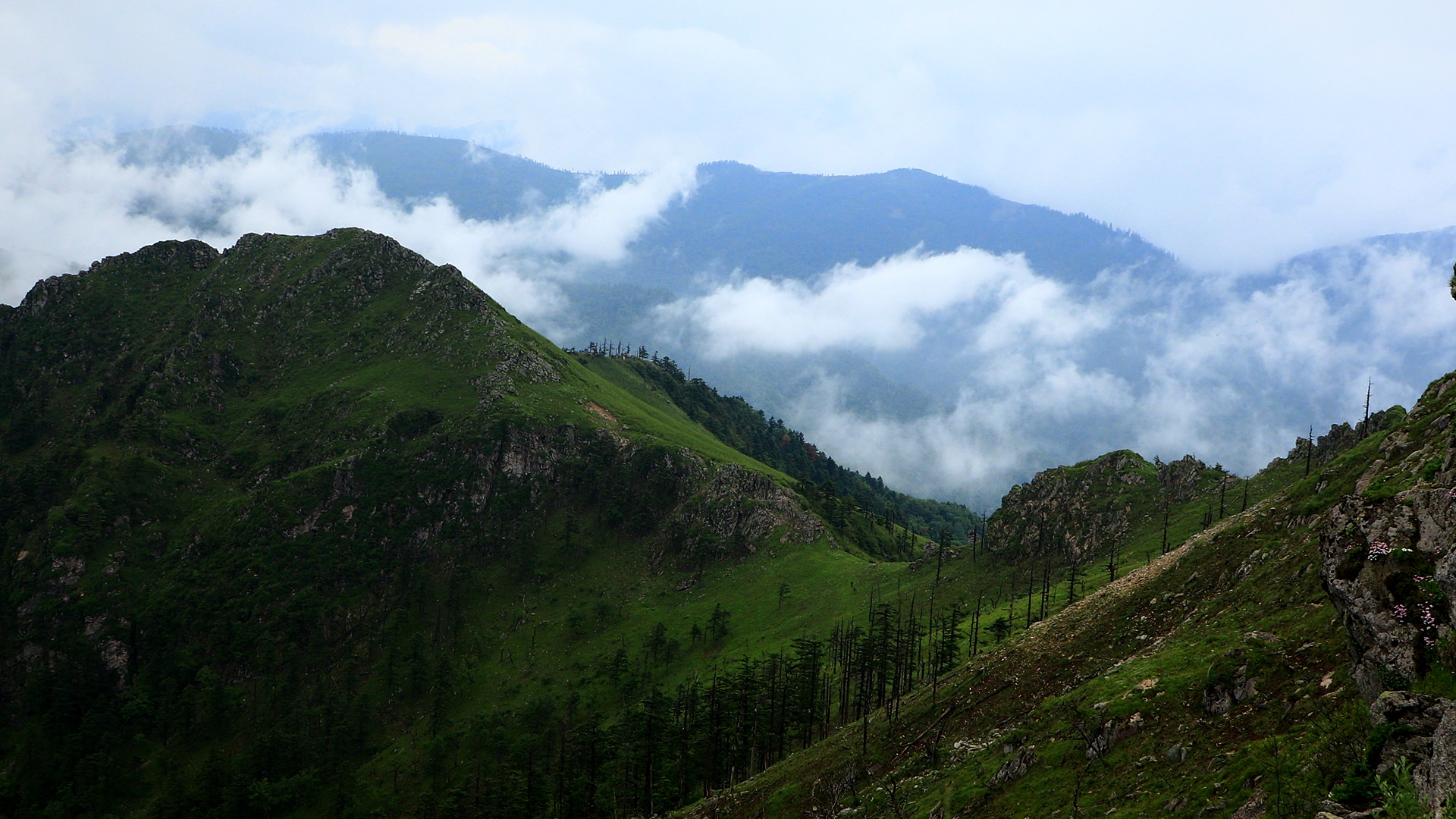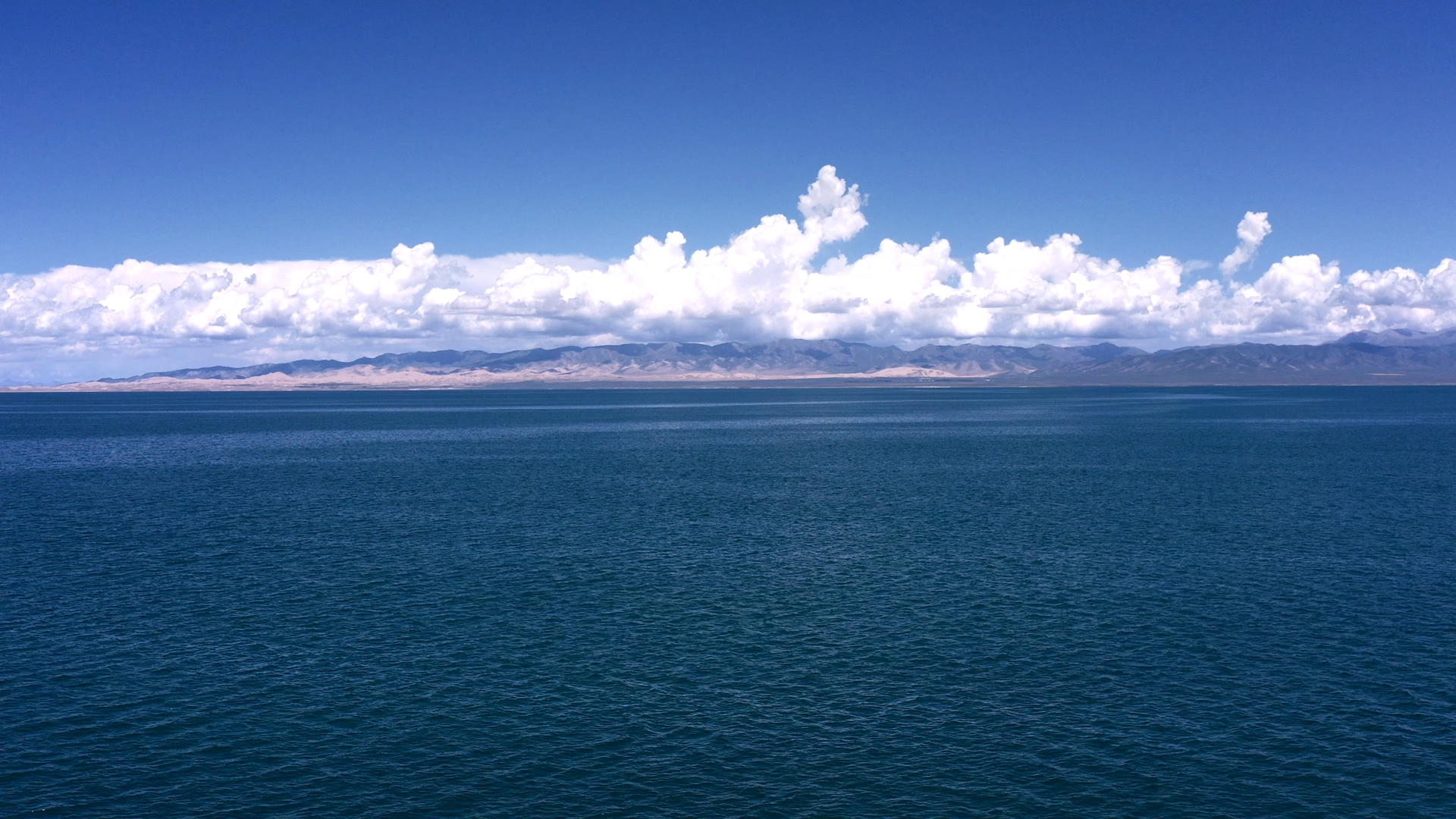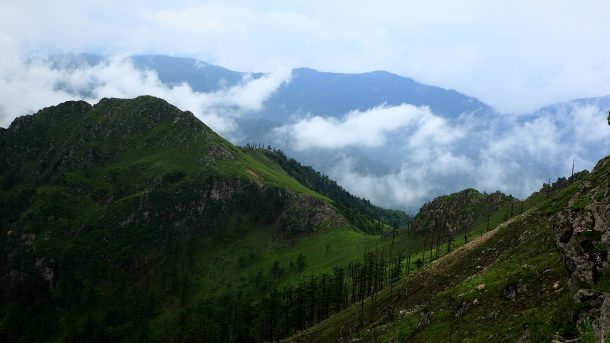A symposium was held on April 23 in southwest China’s Chongqing Municipality, stressing further efforts to usher in a new stage in the development of China’s western region.
Western China features 12 provincial-level regions, covering 72 percent of the country’s land area but hosting only 27 percent of its population.
The vast stretch of land is seen as an important cradle of the Chinese civilization. Boasting rich natural resources like snow mountains, glaciers, lakes and grasslands, the western region serves as one of the country’s significant ecological barriers.
 A still from CGTN’s “Journeys in Nature” documentary series shows the Qinling Mountains in Shaanxi Province, northwest China.
A still from CGTN’s “Journeys in Nature” documentary series shows the Qinling Mountains in Shaanxi Province, northwest China.
A still from CGTN’s “Journeys in Nature” documentary series shows the Qinling Mountains in Shaanxi Province, northwest China.
The Qinling Mountains, praised as a “dragon vein” in traditional Chinese culture, are of geographical and biological significance. This east-west mountain range acts as a boundary between northern and southern China, providing many ecological functions such as climate regulation and water and soil conservation.
In the hinterland of the Qinghai-Xizang Plateau, the Sanjiangyuan area is home to the headwaters of the Yangtze, Yellow and Lancang rivers and has thus been crowned “China’s water tower.”
Also located on the plateau, Qinghai Lake is the country’s largest inland saltwater lake. The huge body of water plays an important role in regulating the regional and international climate. Deemed a cornucopia of biodiversity, the lake offers a natural habitat and breeding ground to myriad waterbirds and rare, endangered animals.
 A still from CGTN’s “Journeys in Nature” documentary series shows the Qinghai Lake in Qinghai Province, northwest China.
A still from CGTN’s “Journeys in Nature” documentary series shows the Qinghai Lake in Qinghai Province, northwest China.
A still from CGTN’s “Journeys in Nature” documentary series shows the Qinghai Lake in Qinghai Province, northwest China.
Key measures are adopted to ensure that the ecological barrier stands, including intensified region-specific environmental management, the conservation and restoration of crucial ecosystems, the “Three Norths” project, etc.
Since 2000, several important ecological construction programs have been launched, such as returning farmland to forest and natural forest protection in the western region.
The region presents an important strategic status in maintaining the country’s ecological, water and energy resource security. Rich in energy resources, the region’s renewable energy resources account for more than 70 percent of the country’s total. Some say should the western region be stable, the whole country would be secured.
The symposium is considered a new starting point in boosting the development of China’s western region in the new era.
(Cover: A still from CGTN’s “Journeys in Nature” documentary series showing the Kanas Lake in the Xinjiang Uygur Autonomous Region, northwest China.)



